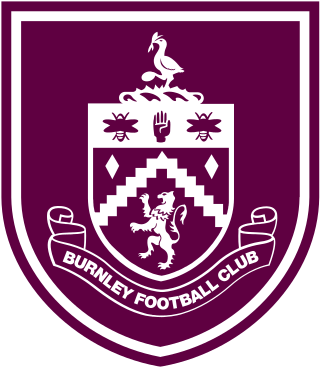
Burnley Football Club is a football club in Burnley, Lancashire, England. They compete in the Premier League, the first tier of English football, but will compete in the 2024–25 EFL Championship following relegation. Founded in 1882, the club was one of the first to become professional and subsequently put pressure on the Football Association to permit payments to players. The club entered the FA Cup for the first time in 1885–86 and was one of the 12 founder members of the Football League in 1888–89. From the 1950s until the 1970s, under chairman Bob Lord, the club became renowned for its youth policy and scouting system, and was one of the first to set up a purpose-built training ground.

Ashton United Football Club is a football club in Ashton-under-Lyne, Greater Manchester, England. They are currently members of the Northern Premier League Premier Division, the seventh tier of English football, and play at Hurst Cross.

Bootle Football Club is an English football club based in Bootle, Merseyside. The club are members of the Northern Premier League Division One West and play at New Bucks Park.
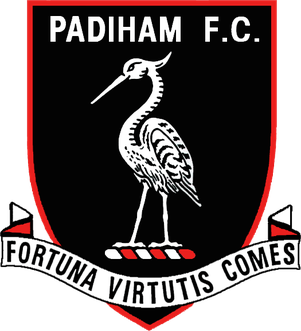
Padiham Football Club are an English football team based in Padiham, Lancashire. As of 2019–20, they play in the North West Counties League Premier Division.
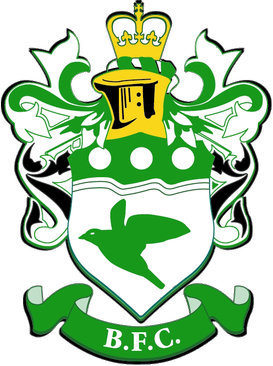
Burscough Football Club is an English football club based in Burscough, Lancashire. The club is a member of the North West Counties League, and competes in the Premier Division. Its home ground is The Community Stadium, in Burscough.

Chorley Football Club is a semi-professional football club based in Chorley, Lancashire, England. They currently compete in the National League North, the sixth tier of English football, and play their home matches at Victory Park. The club was founded as a rugby union club in 1875 but switched to football in 1883.
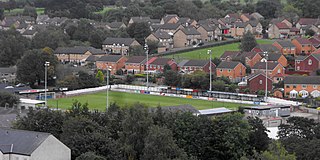
Clitheroe Football Club is an English football club based in Clitheroe, Lancashire, currently playing in the Northern Premier League Division One West.

Fleetwood Town Football Club is a professional association football club based in Fleetwood, Lancashire, England. The team competes in League One, the third level of the English football league system, but will play in EFL League Two in the 2024–25 season after suffering relegation.
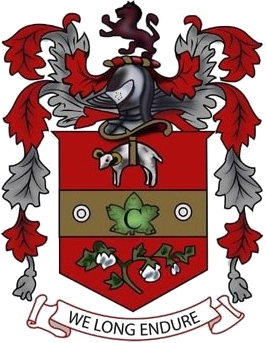
Colne Dynamoes Football Club was a football club based in Colne, Lancashire, England. After spending much of their existence in the lower reaches of Non-League football, heavy financial investment by former player turned millionaire chairman-manager, Graham White, saw the club rise rapidly through the leagues in the late 1980s. However, upon winning the Northern Premier League championship in 1989–90, the club were refused promotion to the Football Conference having failed to meet ground grading conditions and were dissolved by White in the summer of 1990.

Atherton Collieries Association Football Club is a football club based in Atherton, Greater Manchester, England. The club are currently members of the Northern Premier League Premier Division and play at Alder House. They are full members of the Lancashire County Football Association.

Formby Football Club is an English football club based in Formby, Merseyside. They played in the Liverpool County Premier League Division One for the 2022–23 season, having last played in the North West Counties Football League Premier Division in 2013–14. They are members of the Liverpool County Football Association.

A.F.C. Blackpool is a football club based in Blackpool, Lancashire, England. The club currently play in the North West Counties League Division One North. Based at Jepson Way, they are nicknamed The Mechanics or The Mechs, and are full members of the Lancashire County Football Association.

Daisy Hill F.C. are an English football club founded in 1894 and located in Daisy Hill, Westhoughton, Greater Manchester. They play their home games at New Sirs, St James Street in Westhoughton, which has a capacity of 2000. They currently play in the North West Counties League Division One North and are full members of the Lancashire County Football Association. In 1989 they changed name to Westhoughton Town before reverting to Daisy Hill in 1994. They are nicknamed "The Daisies" or "The Cutters".
The Seedhill Football Ground was a football stadium in Nelson, Lancashire. It was the home of various incarnations of current North West Counties League Division One side Nelson F.C. from 1889, when the Burnley Express reported an opening senior fixture played against Burnley on March 16, 1889, until 1971. During their tenure at Seedhill, Nelson were members of the English Football League between 1921 and 1931. Nelson's last game at Seedhill was a Lancashire Combination fixture on Sunday 28 March 1971 against local rivals, Clitheroe F.C. Local newspaper, the Nelson Leader, reported that a crowd of over a thousand gathered to see Clitheroe beaten by five goals to three in what was not only the last game but also the first Sunday game at the stadium. Nelson then moved to their current Victoria Park ground on Lomeshaye Holme for the start of the 1971–72 season. Seedhill football ground was demolished in the early 1980s to make way for the M65 motorway.
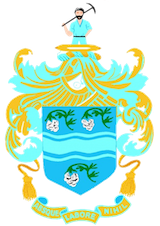
Darwen Football Club was an association football club from Darwen in Lancashire, England. The team, formed in 1870, was an early pioneer of professional football in Northern England, reaching the semi-finals of the 1880–81 FA Cup. They were a Football League member from 1891 to 1899. Darwen joined the Lancashire League in 1900 and remained in regional football afterwards. They last played in the First Division of the North West Counties Football League in 2008–09, when the club was wound-up. A successor team, AFC Darwen, was founded soon after. Darwen played their home games at the Anchor Ground.
Edmund Eastwood was an English professional association footballer who played as a full-back.
Walter Russell Chadwick was an English professional footballer who played as a defender. Born in Accrington, Lancashire in 1903, Chadwick started his career in local football with St Saviour's of Bacup before joining Football League First Division side Burnley as an amateur in 1923. He failed to make a first-team appearance and left the following summer, signing with Barnoldswick Town in June 1924. Two months later, Chadwick returned to Burnley on professional terms but again could not break into the senior team and played solely in the reserves.
The 1924–25 season was the 44th in the history of Nelson Football Club, and their fourth as a professional team in the Football League. The campaign saw the team return to the Third Division North, having finished in the relegation zone of the Second Division in 1923–24. Despite losing only one match all season at Seedhill, Nelson's home ground, the team struggled in away matches. Nelson ended the campaign on 53 points, with a record of 23 wins, 7 draws and 12 losses, and finished as runners-up to Darlington in the league table. Nelson reached the sixth qualifying round of the FA Cup, beating non-League Winsford United before being knocked out of the competition by Coventry City. The team progressed past the first round of the Lancashire Senior Cup with a win against Wigan Borough, but were defeated in the following round by Blackburn Rovers.
For the 1927–28 season, Nelson Football Club played as a professional outfit in the Football League for the seventh consecutive campaign. Nelson finished last out of 22 teams in the Third Division North, with a record of 10 wins, 6 draws and 26 defeats, corresponding to a tally of 26 points. As a result, the club was forced to apply for re-election to the League at the end of the season. The application was successful, with Nelson retaining their berth in place of Durham City. Due to the departure of Percy Smith to Bury, Nelson did not have a manager installed during the entire season. The team played inconsistently throughout the campaign from the outset, losing the opening two matches before winning four consecutive games during September 1927. Nelson suffered several comprehensive defeats during the 1927–28 season, including a 1–9 defeat to Bradford City, a 0–8 loss away at Stockport County and a 1–7 reverse against Accrington Stanley. In total, the team conceded 136 goals in 42 league matches, one of the highest totals in Football League history.














